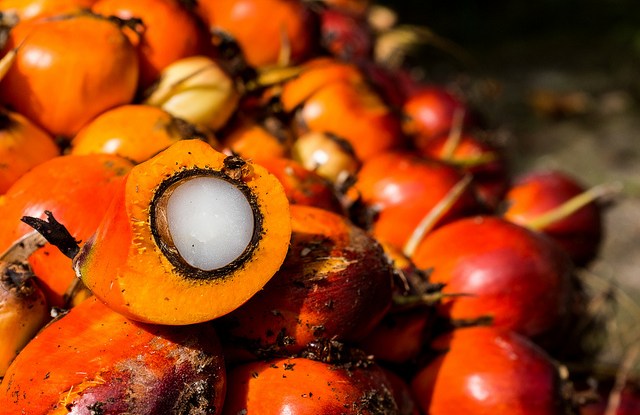Beyond oil palm: tropical trees for bioenergy and restoration of degraded lands
- From
-
Published on
24.10.18
- Impact Area

Indonesia – (Forests News) — To avert catastrophic climate change, fossil fuel emissions must be cut, but energy demand is tipped to rise by 45 percent from 2013 levels in 2040, according to the International Energy Agency. Under a business-as-usual scenario, this would prompt a 40 percent rise in carbon dioxide emissions, making the need for renewable energies more pressing than ever.
Bioenergy, which is energy produced from biological sources, offers a compelling alternative which is estimated to have the capacity to meet at least 25 percent of global demand. But it is no silver bullet. In the tropics, most biofuel is made from oil palm, which grows quickly and produces high yields. However, clearing forests for oil palm monoculture results in a loss of ecosystem functions, and over time the plantations become less productive. What is worse, the trees can’t grow on swampy peatland soils, so these are often drained for plantations – releasing vast amounts of carbon dioxide into the atmosphere in the process.
See the rest of the story at forestsnews.org
Related:
Replanting the oil palm to save forests
Expansion of oil palm plantations into forests appears to be changing local diets in Indonesia
Governing forests for sustainability: What works?
Related news
-

ICRISAT’s Solar-Powered Water Hyacinth Harvester Recognized Among India’s Top 100 Innovations of 2025
International Crops Research Institute for the Semi-Arid Tropics (ICRISAT)18.11.25-
Environmental health
-
Poverty reduction, livelihoods & jobs
ICRISAT's Novel Solar-Powered Water Hyacinth Harvester has now earned a place in the prestigious To…
Read more -
-

Bridging science, finance, and restoration: Insights from the sustainable beef investment roundtable
Multifunctional Landscapes Science Program17.11.25-
Climate adaptation & mitigation
Rome, 2–4 October 2025 — The Sustainable Beef Investment Roundtable brought together over 50 pa…
Read more -
-

COP30 Week 1: Negotiation Highlights and CGIAR Perspectives
Climate Action Science Program17.11.25-
Adaptation
-
Climate adaptation & mitigation
-
Mitigation
Week 1 of COP30 in Belém, Brazil – set against the backdrop of the Amazon…
Read more -
